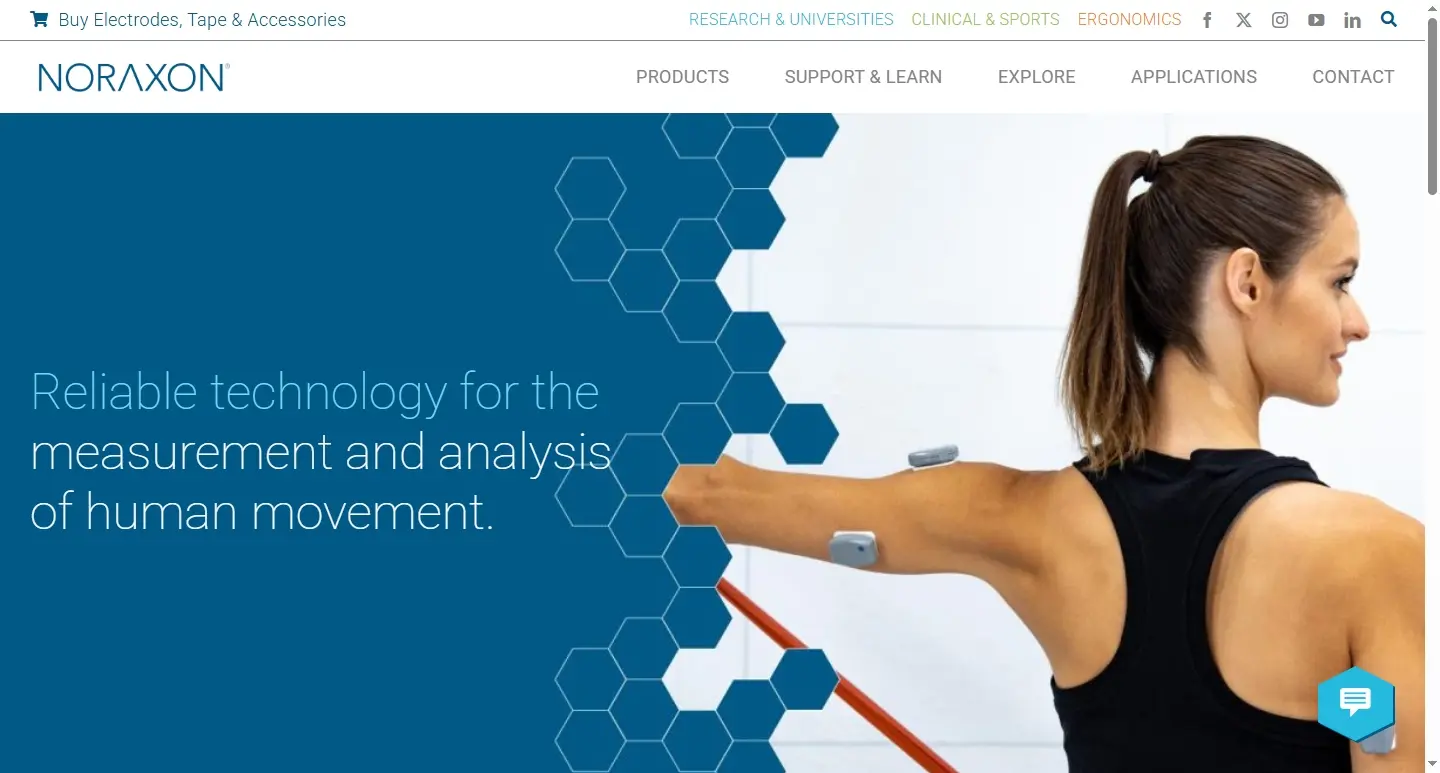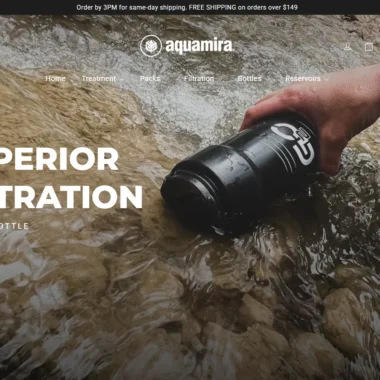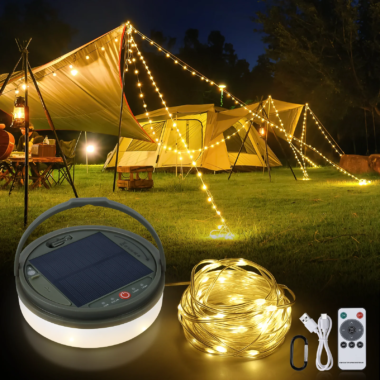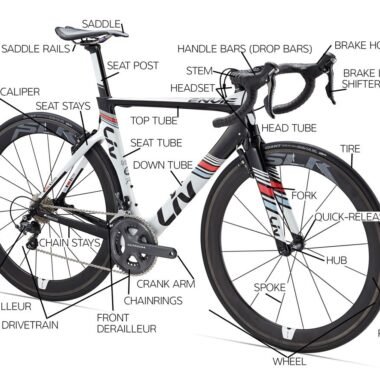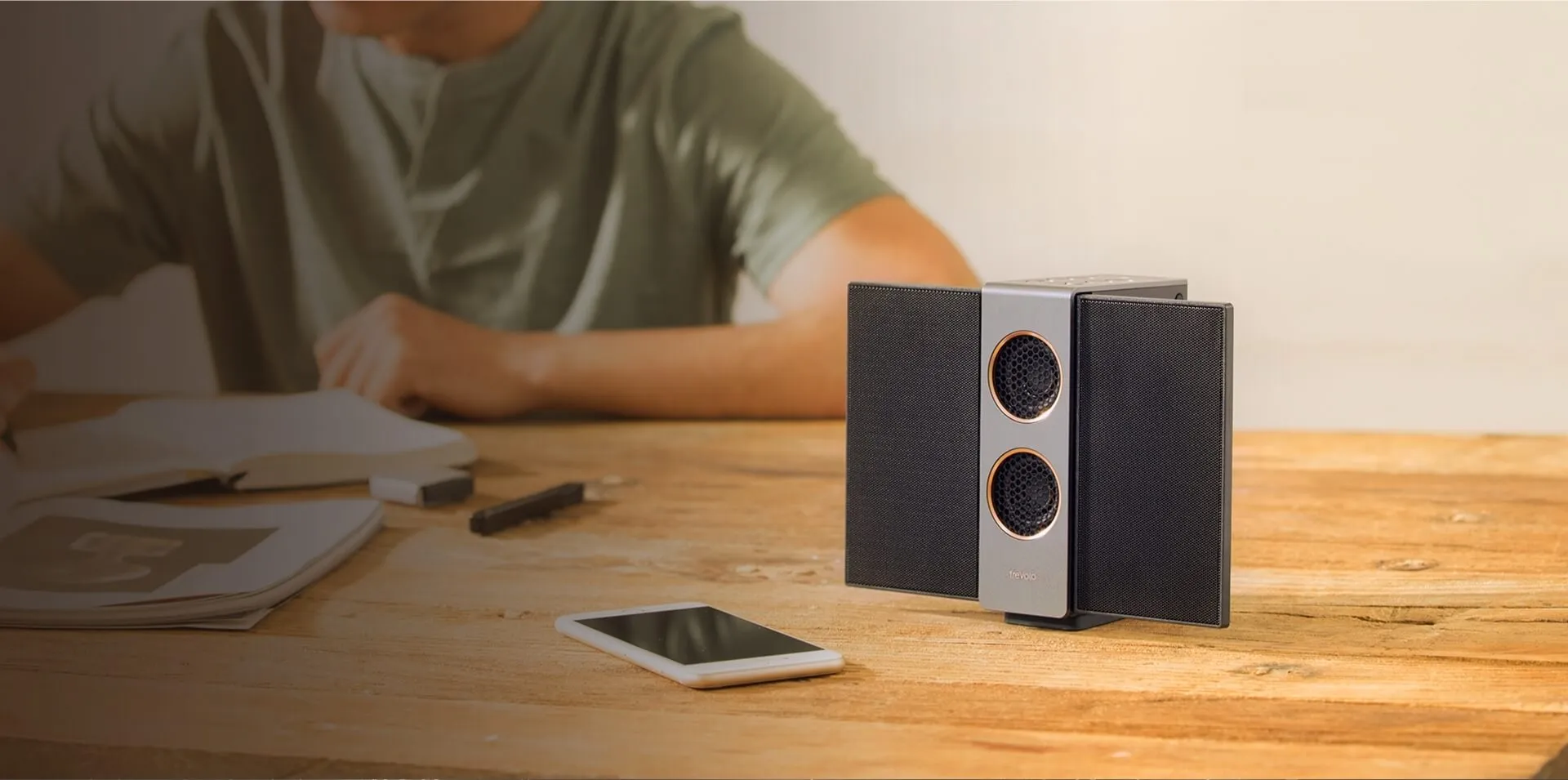Rehabilitation motion sensors have transformed the field of physical therapy and rehabilitation by providing precise and objective data about patient movements. These sensors empower healthcare professionals to monitor, assess, and optimize rehabilitation plans for a wide range of conditions, from neurological disorders to orthopedic injuries. Below, we present the top 10 rehabilitation motion sensors brands in 2025, recognized for their innovation, accuracy, and clinical relevance.
1. Xsens
Xsens is a global leader in inertial motion capture technology, widely regarded for its accurate and reliable rehabilitation motion sensors. Their products, including the MVN system and the compact DOT sensors, leverage Inertial Measurement Units (IMUs) to deliver real-time 3D kinematic data with clinical-grade precision. This makes Xsens an excellent choice for rehabilitation applications, such as gait analysis, posture correction, and joint mobility assessment.
The portability and wireless nature of Xsens sensors enable their use both in clinical settings and at home, facilitating remote rehabilitation monitoring. Furthermore, Xsens supports integration with advanced analytics software that helps therapists visualize complex movement patterns and tailor treatments to patient-specific needs. Their technology is applied in neurological rehabilitation for stroke patients, orthopedic post-surgery recovery, and sports injury rehabilitation.
By combining ease of use, data accuracy, and powerful software, Xsens continues to set a high standard for rehabilitation motion sensors globally, helping improve patient outcomes through precise movement tracking.
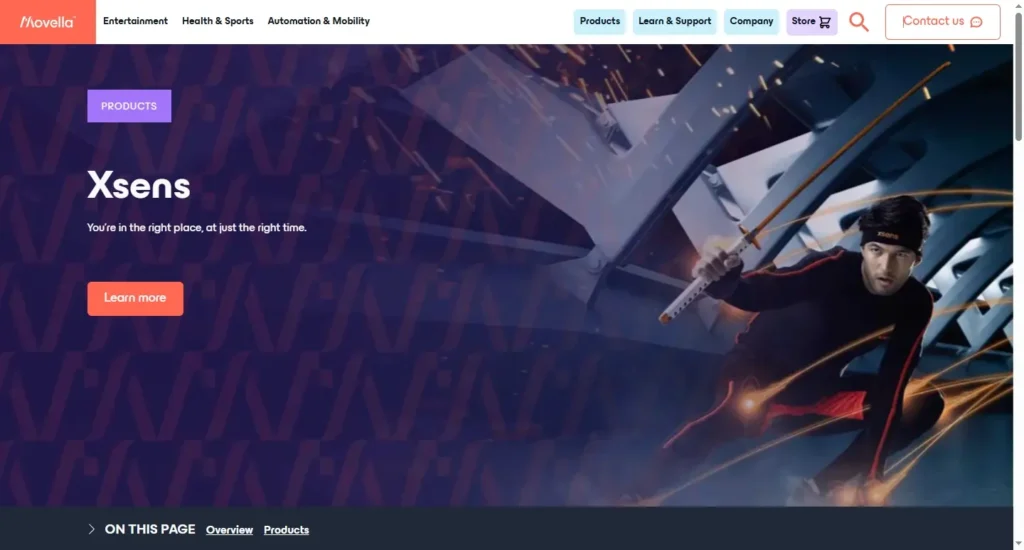
2. APDM Wearable Technologies
APDM Wearable Technologies has earned a solid reputation for producing wearable rehabilitation motion sensors specifically designed for clinical gait and balance analysis. Their flagship product, the Opal sensor, integrates IMU technology with advanced algorithms to deliver precise motion tracking data in various environments, including clinics, labs, and real-world scenarios.
One of APDM’s key strengths lies in its user-friendly platform that offers objective data on a patient’s mobility, balance, and movement quality. This information is crucial for assessing neurological diseases like Parkinson’s, multiple sclerosis, and post-stroke impairments, as well as orthopedic rehabilitation. The sensors’ wireless and lightweight design ensures patient comfort and ease of use during rehabilitation exercises.
APDM’s software suite provides clinicians with detailed reports and visualization tools, enabling data-driven decision-making and personalized therapy adjustments. This blend of technology and clinical focus places APDM among the top providers of rehabilitation motion sensors.
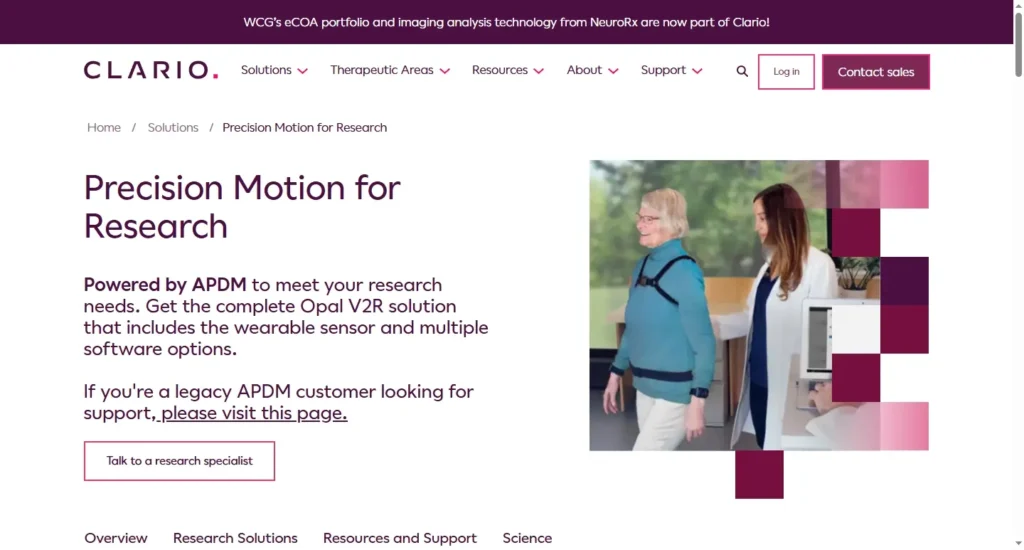
3. Noraxon
Noraxon is a leading innovator in biomechanics and rehabilitation technology, offering comprehensive rehabilitation motion sensors combined with electromyography (EMG) systems. Their MyoMotion sensors capture detailed kinematic data, while the integrated EMG sensors monitor muscle activation patterns during movement, providing a holistic view of neuromuscular function.
These dual-function sensors allow rehabilitation professionals to analyze not only how patients move but also how muscles behave during different exercises or functional tasks. Such insight is invaluable in tailoring rehabilitation protocols for patients recovering from injuries, surgeries, or neurological disorders.
Noraxon’s systems are highly regarded for their robustness, accuracy, and user-friendly software that supports detailed reporting and data visualization. Their rehabilitation motion sensors have wide applications in physical therapy, sports medicine, and research, making them a top choice for clinicians seeking reliable movement and muscle activity monitoring.
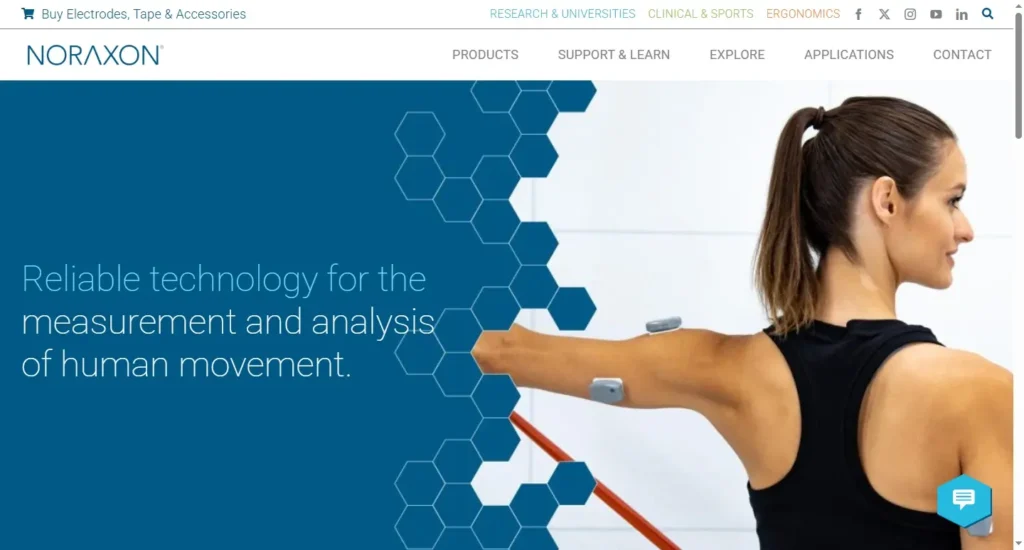
4. Delsys
Delsys offers some of the most advanced wearable rehabilitation motion sensors combined with high-fidelity EMG sensors. Their Trigno system is particularly notable for capturing synchronized kinematic and muscle activity data during rehabilitation exercises, providing clinicians with an in-depth understanding of patient movement and muscle coordination.
This integration helps detect subtle neuromuscular deficits and compensatory movement patterns, which are critical in managing recovery from strokes, musculoskeletal injuries, or other neurological conditions. Delsys sensors are wireless and designed for patient comfort, facilitating natural movement during therapy sessions.
Clinicians benefit from the comprehensive data output and sophisticated analysis tools that support personalized rehabilitation strategies. Delsys’s commitment to innovation and clinical relevance makes their rehabilitation motion sensors highly regarded in both therapeutic and research settings.
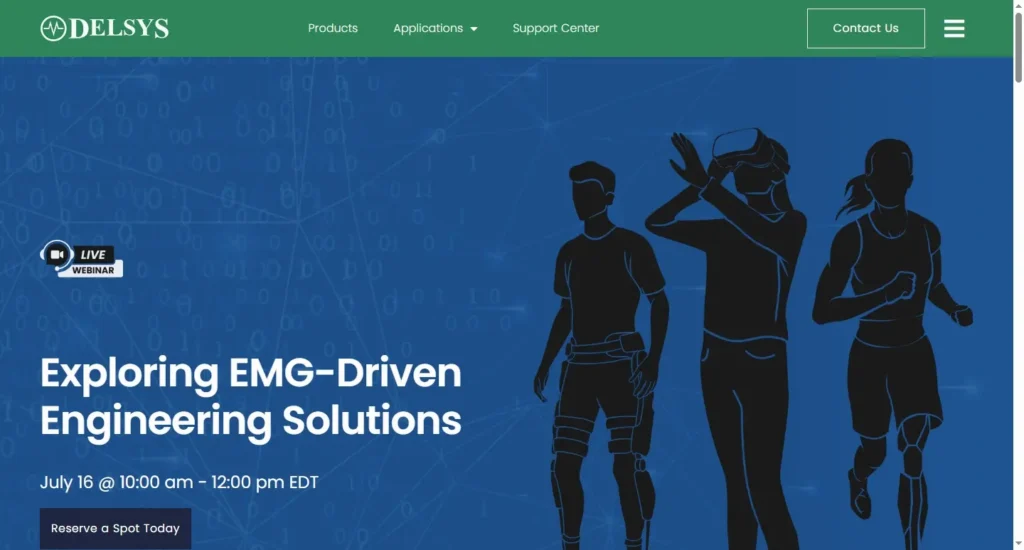
5. Motus Global
Motus Global specializes in rehabilitation motion sensors targeting athletic rehabilitation and physical therapy patients. Their wearable sensors provide detailed kinematic data such as joint angles, velocities, and acceleration during dynamic movements, making them invaluable for identifying imbalances and optimizing recovery programs.
Motus Global’s platform delivers actionable insights that help therapists address asymmetries or improper mechanics that may increase injury risk. These rehabilitation motion sensors are lightweight and designed for wear during exercise or daily activities, enabling continuous monitoring of functional progress.
The brand’s emphasis on data-driven rehabilitation protocols enhances patient safety and accelerates recovery times, earning Motus Global a solid reputation in sports medicine and rehabilitation.

6. Shimmer Sensing
Shimmer Sensing provides versatile rehabilitation motion sensors with modular designs suitable for a wide array of clinical applications, including gait analysis, balance assessment, and functional movement evaluation. Their wireless IMU sensors are combined with physiological sensors, enabling comprehensive patient monitoring.
Shimmer’s technology supports clinicians in assessing neurological and musculoskeletal impairments by delivering real-time movement data and biofeedback during rehabilitation sessions. Their platform’s flexibility allows seamless integration with various software environments, making it adaptable to diverse rehabilitation needs.
Known for precision, ease of use, and clinical relevance, Shimmer Sensing’s rehabilitation motion sensors empower healthcare providers to optimize therapy based on objective data.
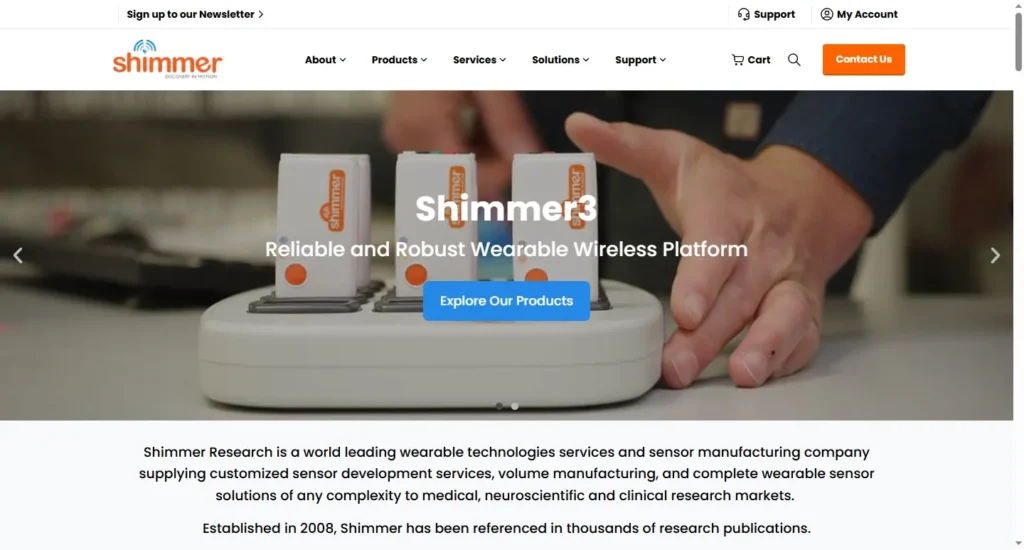
7. Valedo by Hocoma
Valedo is a rehabilitation motion sensors solution designed specifically for spinal and trunk rehabilitation. Utilizing IMU technology, Valedo sensors monitor trunk movement during exercises and provide real-time biofeedback to patients.
The system’s interactive software gamifies rehabilitation, increasing patient motivation and adherence by making exercises engaging. Valedo’s wireless sensors are easy to attach and allow accurate tracking of spinal motion, which is critical for postural correction and recovery after back injuries.
With its innovative combination of technology and therapy, Valedo is widely adopted in clinics focused on spinal rehabilitation, enhancing patient outcomes through precise movement monitoring.
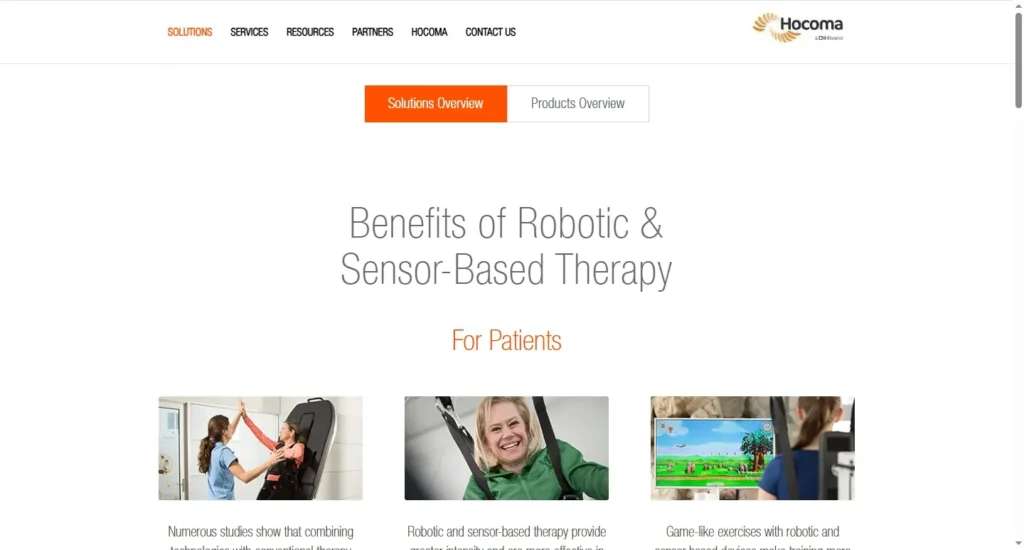
8. BTS Bioengineering
BTS Bioengineering produces advanced rehabilitation motion sensors integrated into comprehensive motion analysis platforms for clinical use. Their wearable IMU sensors are part of systems that provide precise gait, posture, and joint kinematic data.
Clinicians use BTS sensors to support rehabilitation in neurological disorders, orthopedic recovery, and sports injuries. The brand is known for delivering durable and reliable sensors compatible with other biomechanical tools, enhancing the overall assessment process.
The use of BTS rehabilitation motion sensors helps healthcare providers create data-driven and personalized rehabilitation plans, improving therapy efficacy.
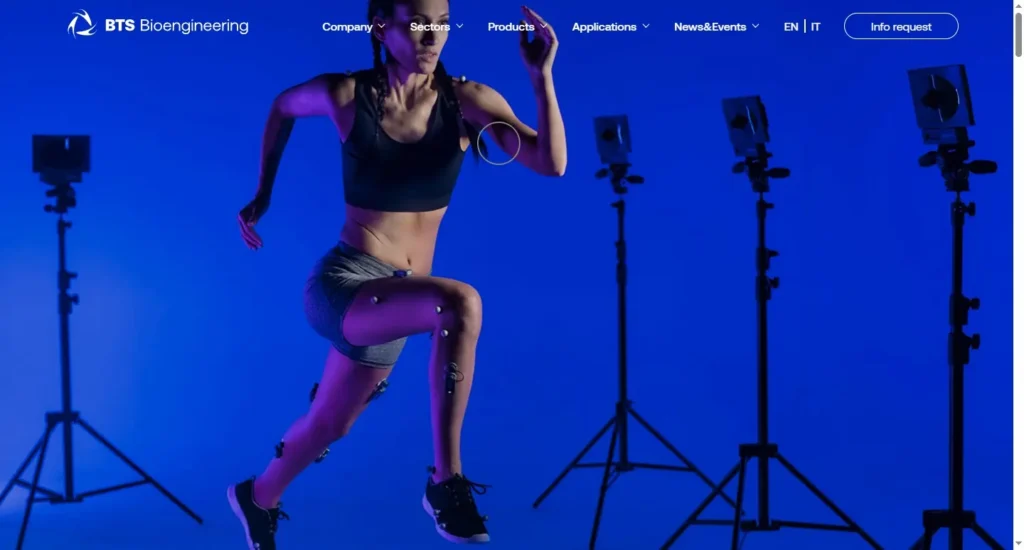
9. BioSensics
BioSensics offers compact and wearable rehabilitation motion sensors focused on gait and balance assessment. Their sensors are designed for continuous use in both clinical and home environments, enabling long-term monitoring of patient mobility.
The objective data collected by BioSensics sensors helps clinicians assess fall risk, monitor mobility impairments, and track rehabilitation progress effectively. Their platform supports remote monitoring and tele-rehabilitation, essential in modern healthcare settings.
Known for their usability and data accuracy, BioSensics rehabilitation motion sensors are widely adopted by hospitals, rehabilitation centers, and research institutions.
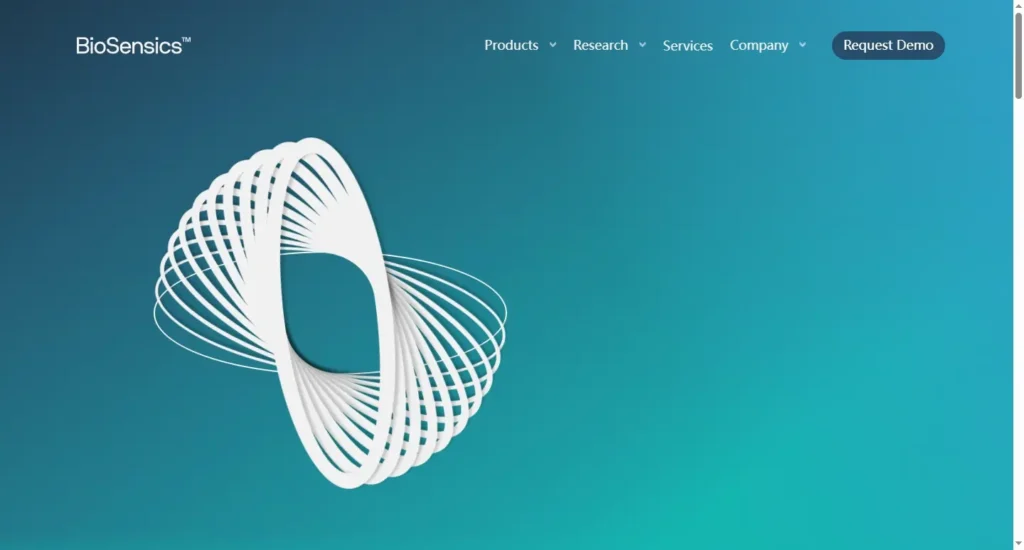
10. Wearable Sensing
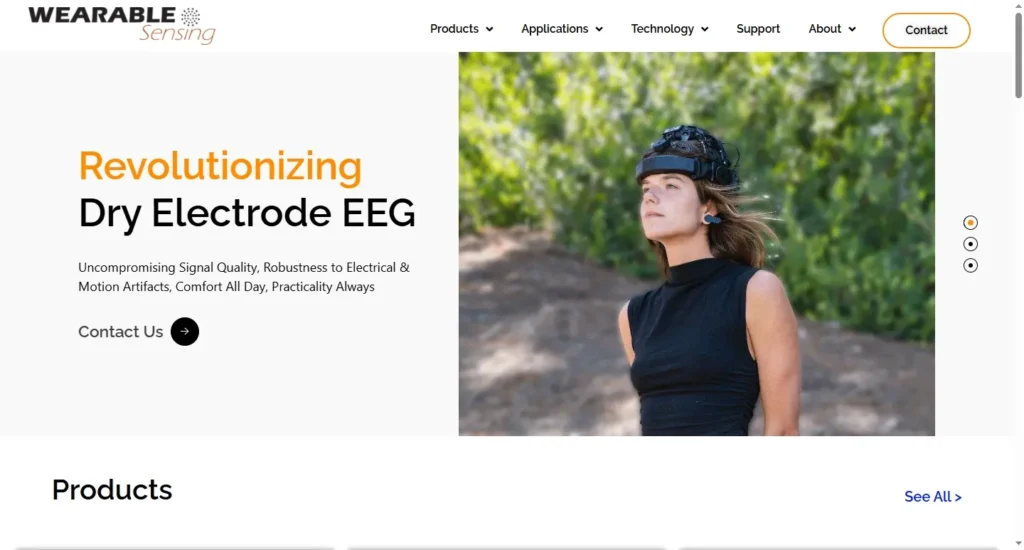
Wearable Sensing specializes in wireless inertial sensors used in rehabilitation motion sensors systems designed for clinical and research applications. Their IMU sensors deliver high-fidelity kinematic data crucial for diagnosing movement disorders and monitoring therapy.
Designed for comfort and ease of use, Wearable Sensing’s products facilitate natural patient movement and continuous monitoring during rehabilitation. Their software platforms enable detailed movement analysis and evidence-based treatment adjustments.
Wearable Sensing’s rehabilitation motion sensors are trusted for accuracy, reliability, and seamless integration into clinical workflows.
Conclusion
The top 10 rehabilitation motion sensors brands listed above represent the cutting edge of movement analysis technology in 2025. By delivering precise, real-time data on patient motion, these brands empower healthcare professionals to enhance rehabilitation effectiveness, personalize therapy, and improve recovery outcomes. As telehealth and remote monitoring continue to expand, the role of advanced rehabilitation motion sensors will only grow, making these brands essential partners in modern rehabilitation.

